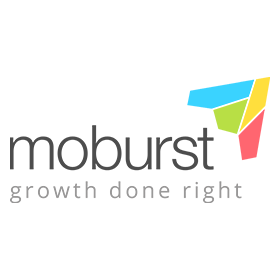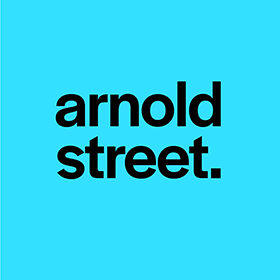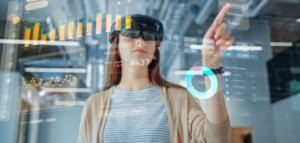We are filmmakers that came of age in the internet era. And we apply the same rigor to web video that the filmmakers we most admire apply to their films. We want viewers to watch our content over and over, the way they would with their favorite movie or TV show.
We team with brands, artists, and agencies that are willing to take creative risks, in the belief that an audience will follow.
Slow Clap believes that authentic storytelling lies at the heart of all great videos, campaigns, and outreach programs. In a digital world where viewers have a trillion different choices, it’s authentic, entertaining, and meaningful content that connects people with brands and drives them to share. We create stories that feel so right that you actually want to stand up and clap… slowly.


















